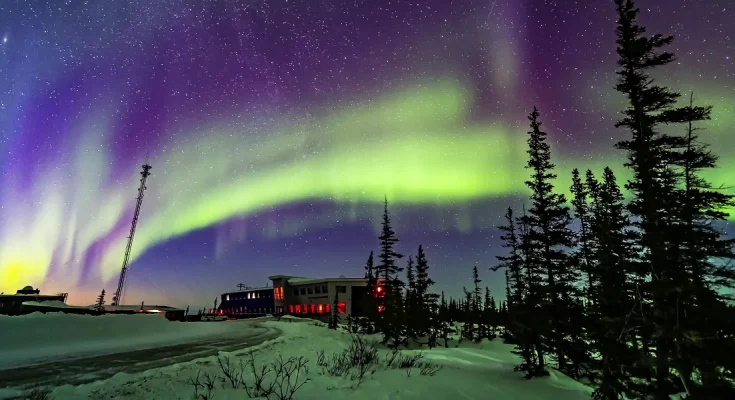In addition to releasing information about where and when people can watch the Northern Lights, The Space Weather Prediction Center has provided useful tips and tricks for viewing.
According to view lines shared by the Space Weather Prediction Center, tonight and tomorrow night, on November 8 and 9, people in North America will have the opportunity to watch the Northern Lights.
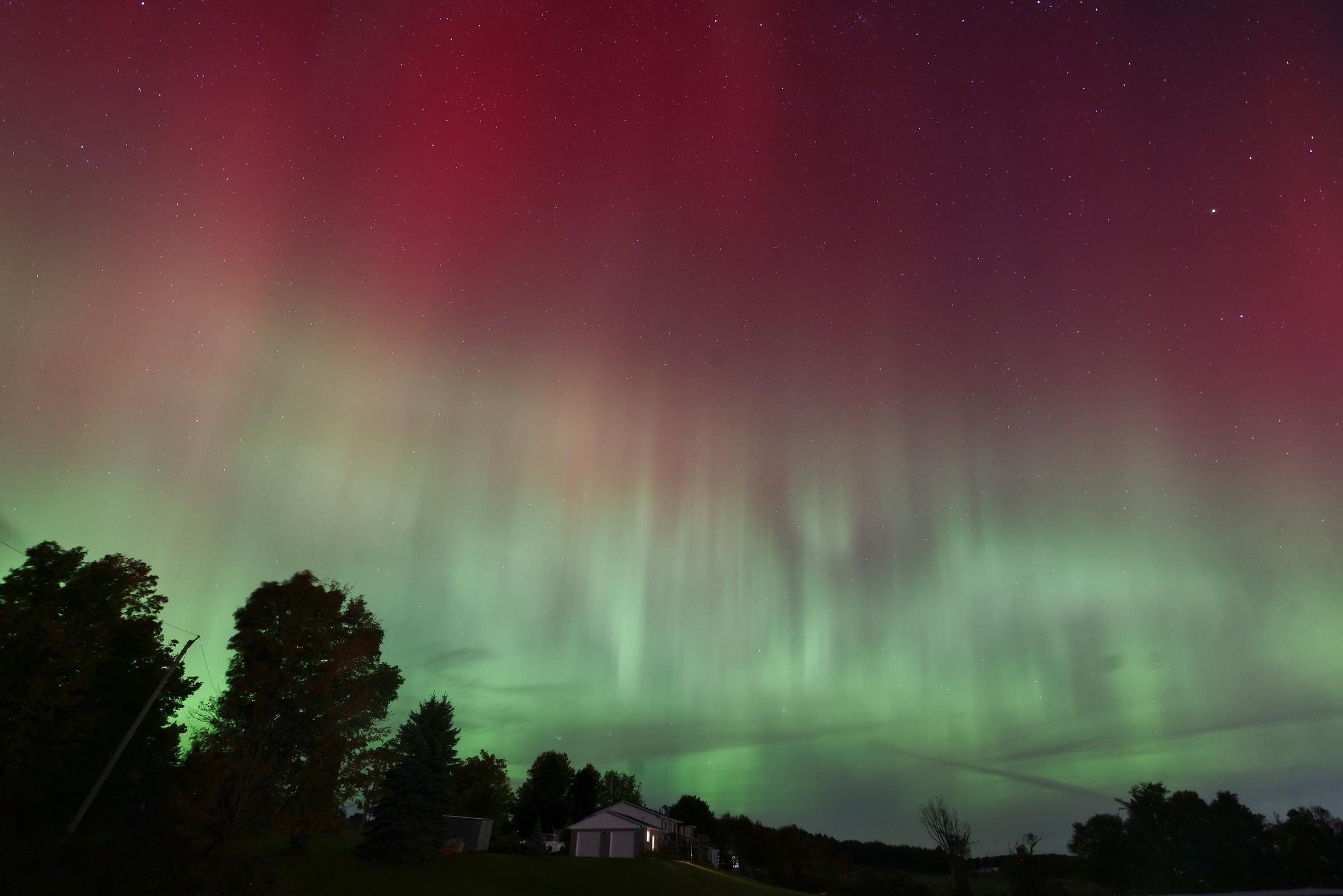
The Aurora borealis, or the northern lights, illuminates the night sky in Shelburne, Toronto, Canada on October 11, 2024 | Source: Getty Images
Specific states likely to witness the aurora on the northern horizon include Alaska, Washington, Idaho, Montana, North Dakota, and Minnesota.
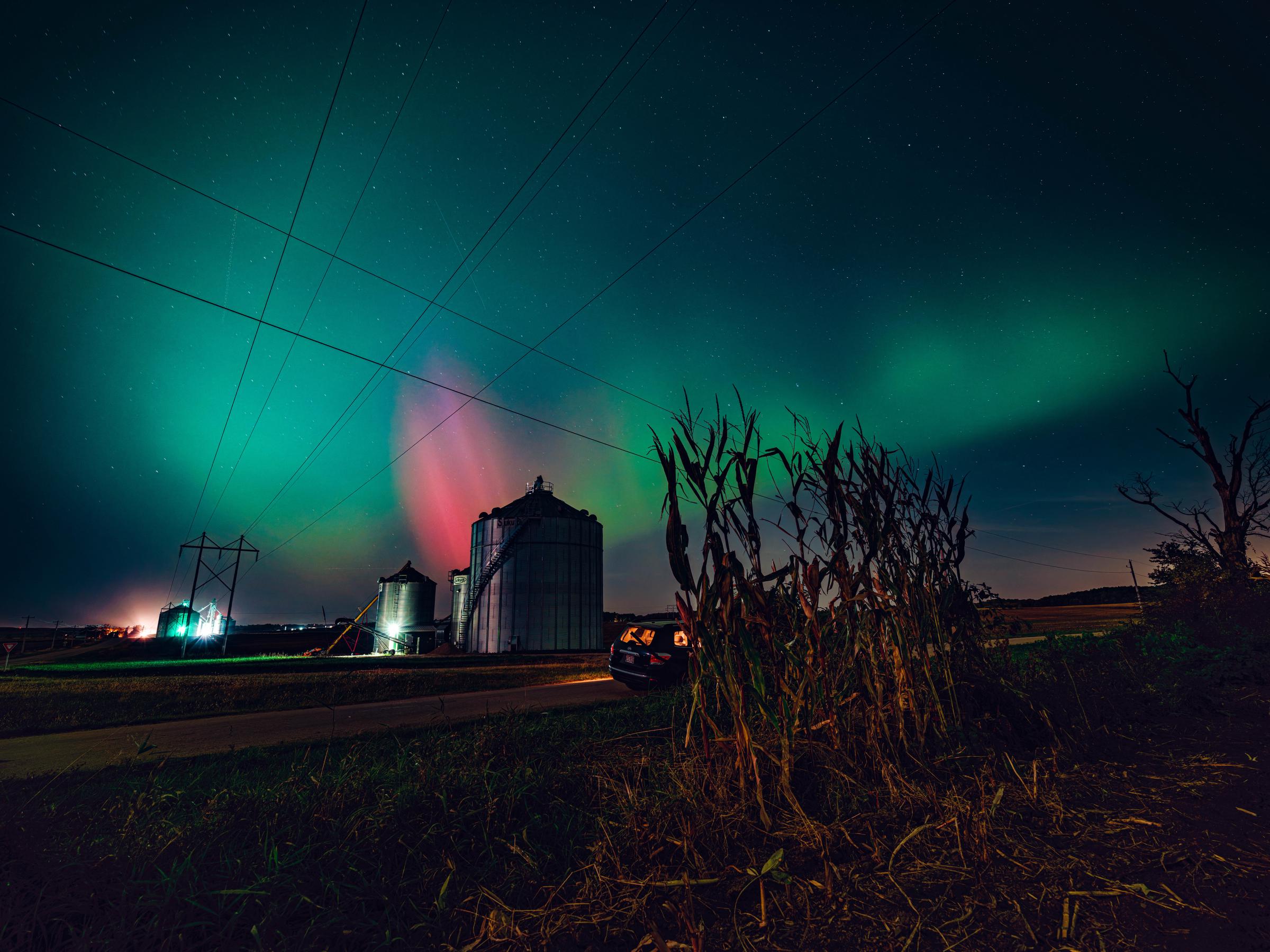
The Northern Lights in Wisconsin in 2024. | Source: Getty Images
Additional locations include Wisconsin, Michigan (more prominent in the Upper Peninsula), and Maine, especially in the state’s most northern region.
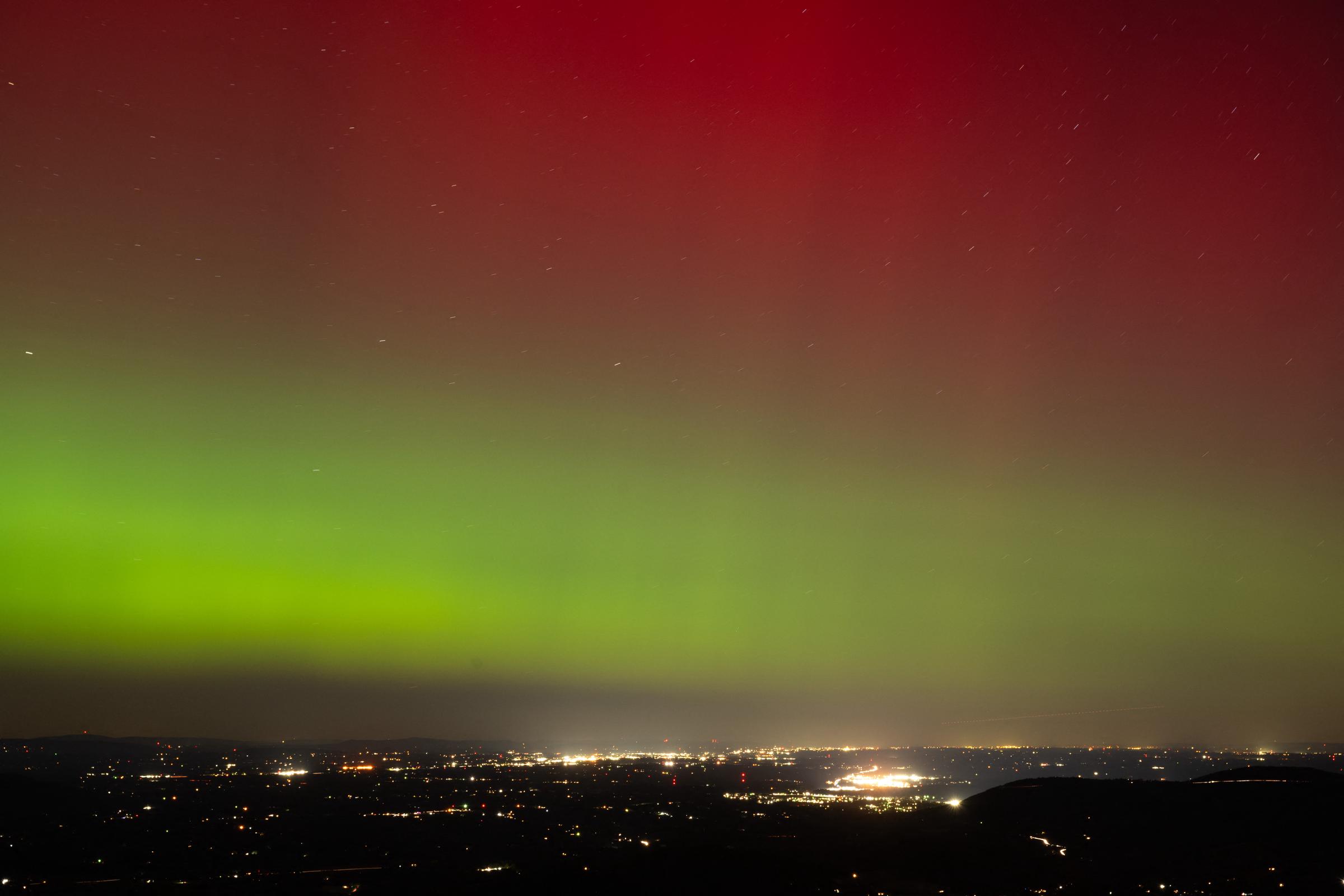
The Northern Lights in Rileyville, Virginia on October 10, 2024 | Source: Getty Images
The Space Weather Prediction Center’s forecast uses green and red colors to indicate the location, brightness, and intensity of the aurora, with green symbolizing the first two, and red the latter.
According to their prediction, the aurora is typically observed from Earth either just before sunrise or just after sunset, as the spectacle is not visible during daylight hours.
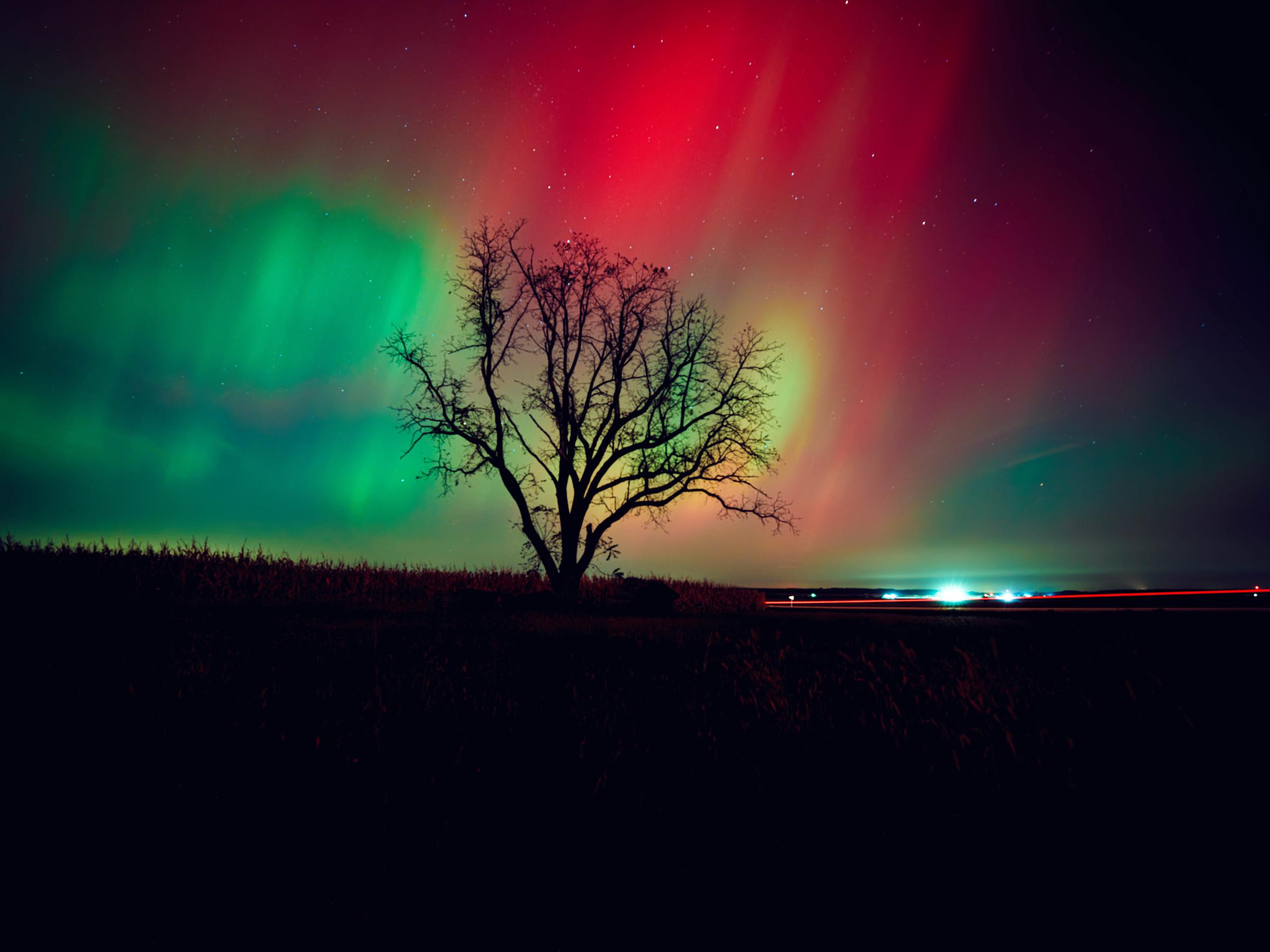
The night sky in Wisconsin glows with the Northern Lights in 2024. | Source: Getty Images
Far from needing to be positioned overhead, the aurora can be observed from as far as 1000 km away should the conditions be right and when the aurora is bright enough.
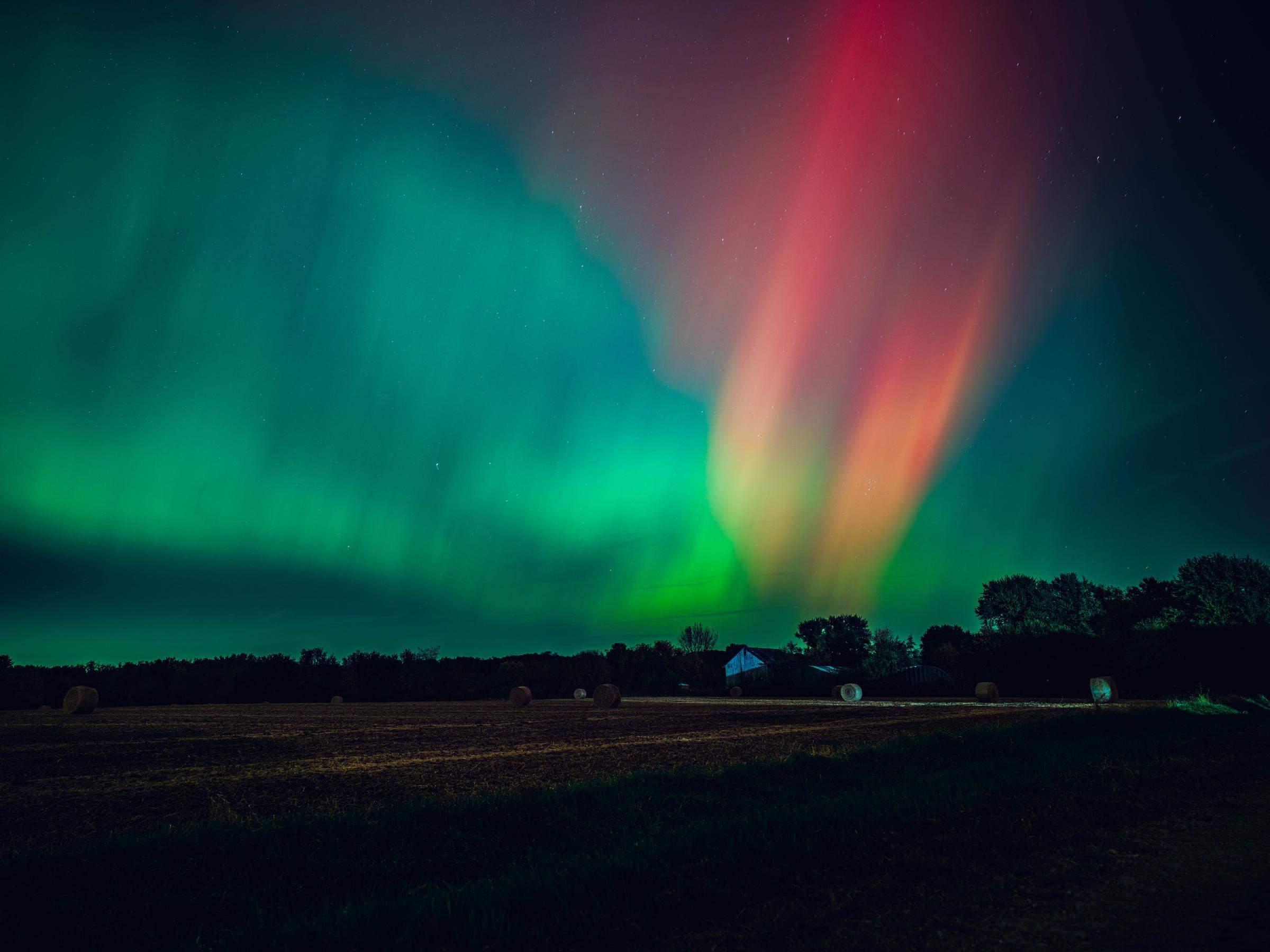
The Northern Lights seen over Wisconsin in 2024. | Source: Getty Images
The prediction center has also provided useful tips for those keen to witness the light event, such as the best-suited environmental conditions for observing the aurora.
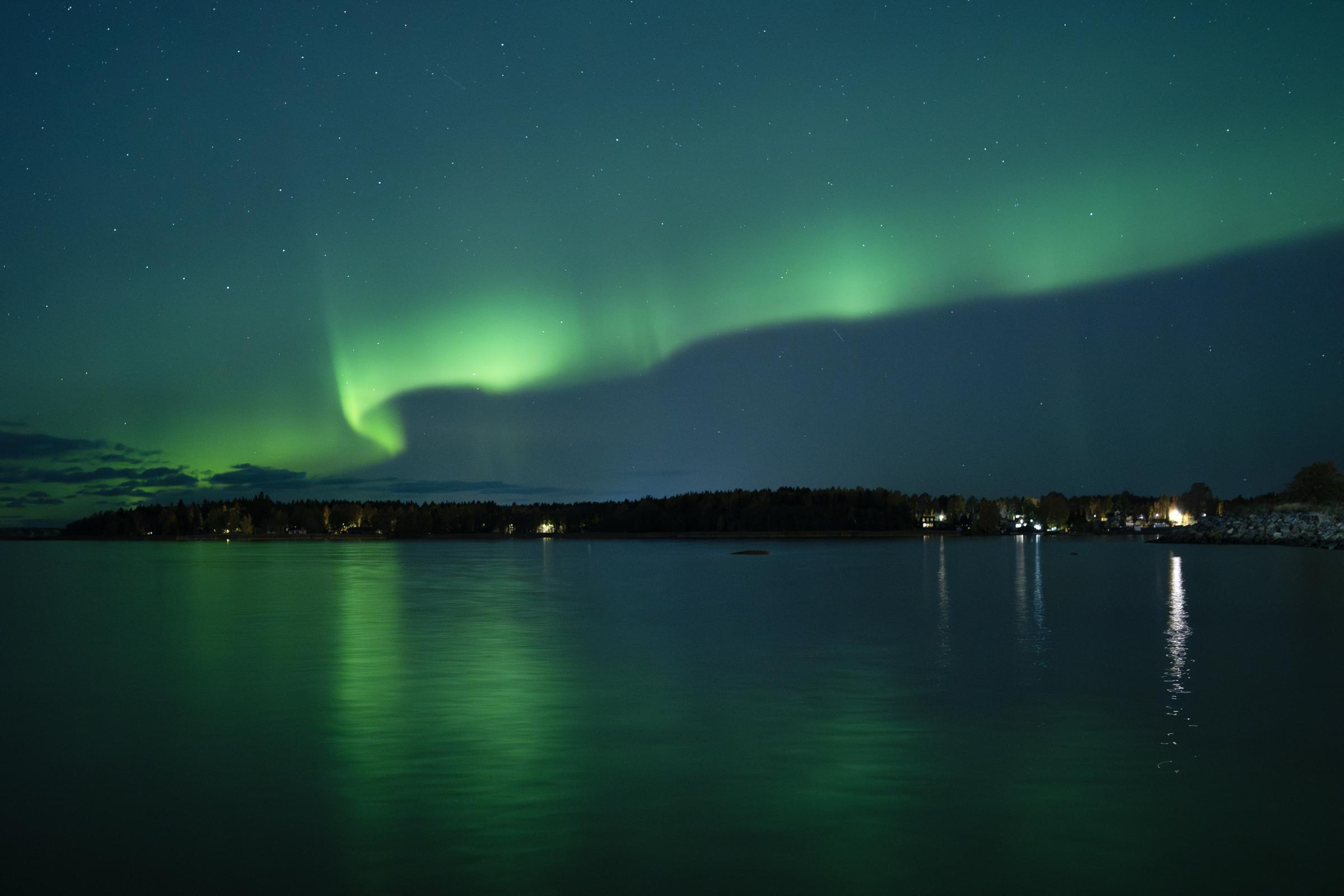
The Northern Lights above North of Vaasa, western Finland on October 11, 2024 | Source: Getty Images
Civilians should go outside at night, and move away from city lights, as the moon tends to diminish the apparent brightness of the aurora, but not its actual brightness.
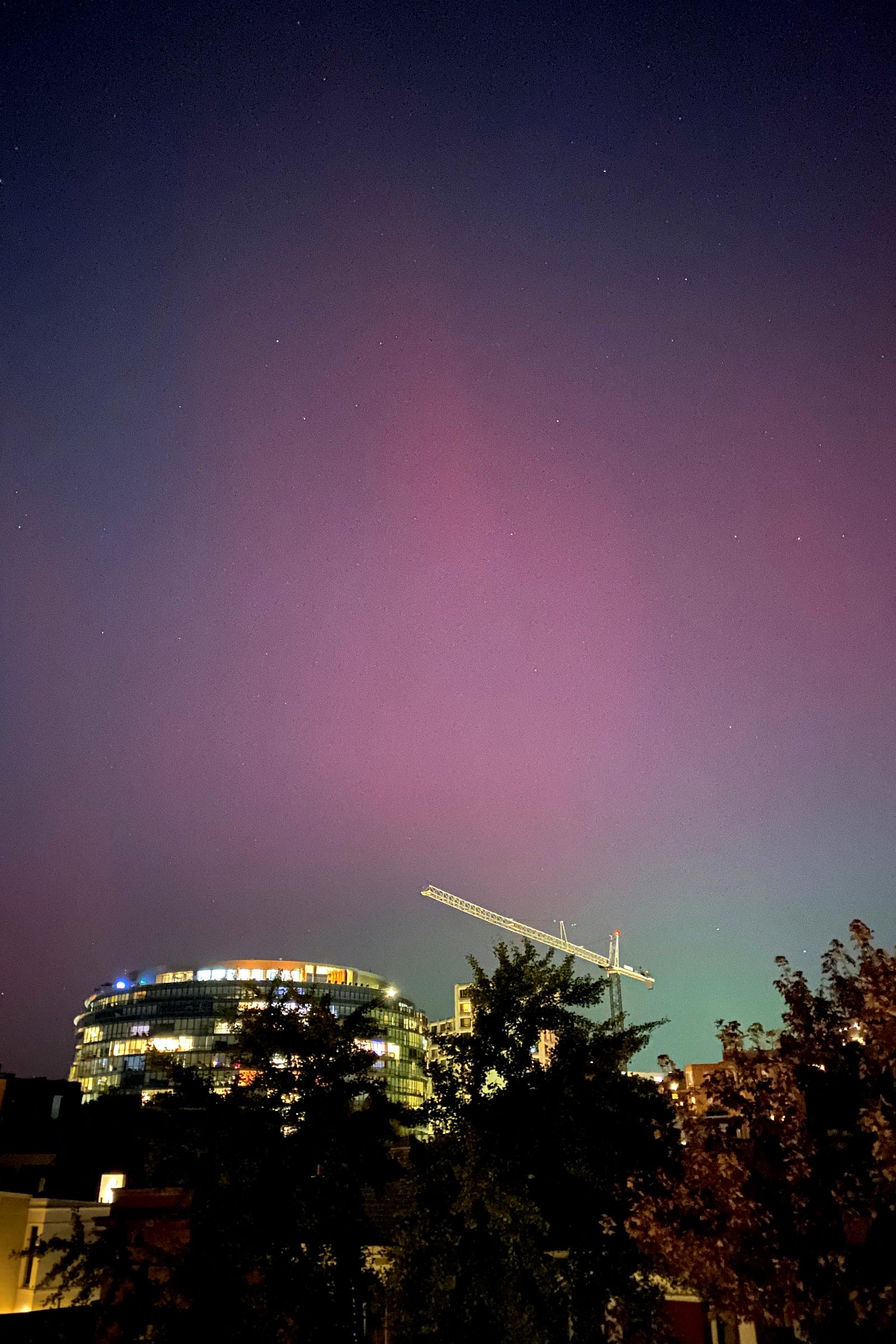
The Northern lights seen over Washington, DC on October 10, 2024 | Source: Getty Images
The center also urges people to remember that the high latitudes where the aurora occurs are latitudes that don’t get dark in the summer.
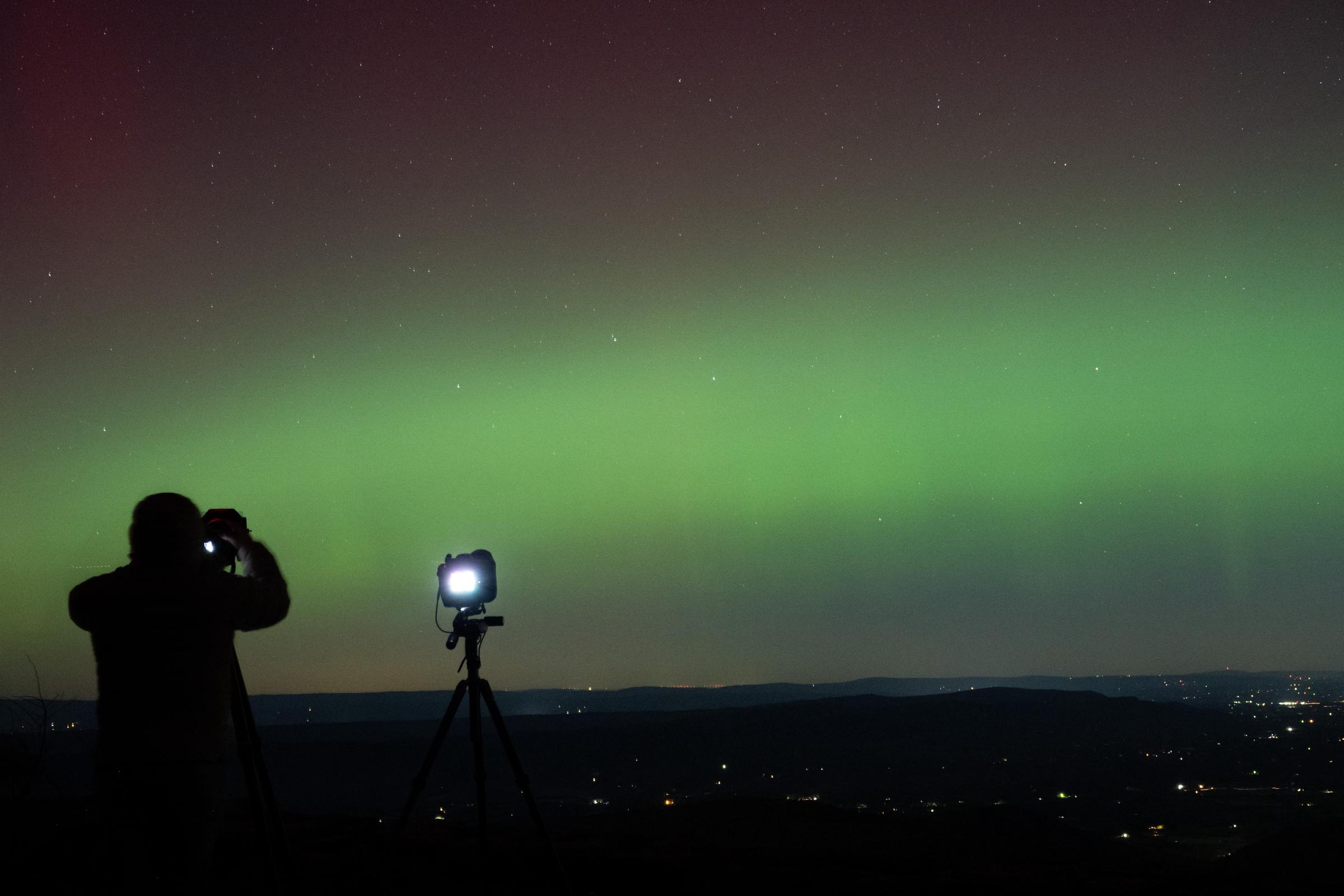
A photographer takes pictures of aurora borealis in Rileyville, Virginia on October 10, 2024 | Source: Getty Images
This means that those looking to combine a summer vacation to the Arctic with the timing of the aurora occurrence will not succeed, as while the aurora may be there, it will only be visible in the dark.
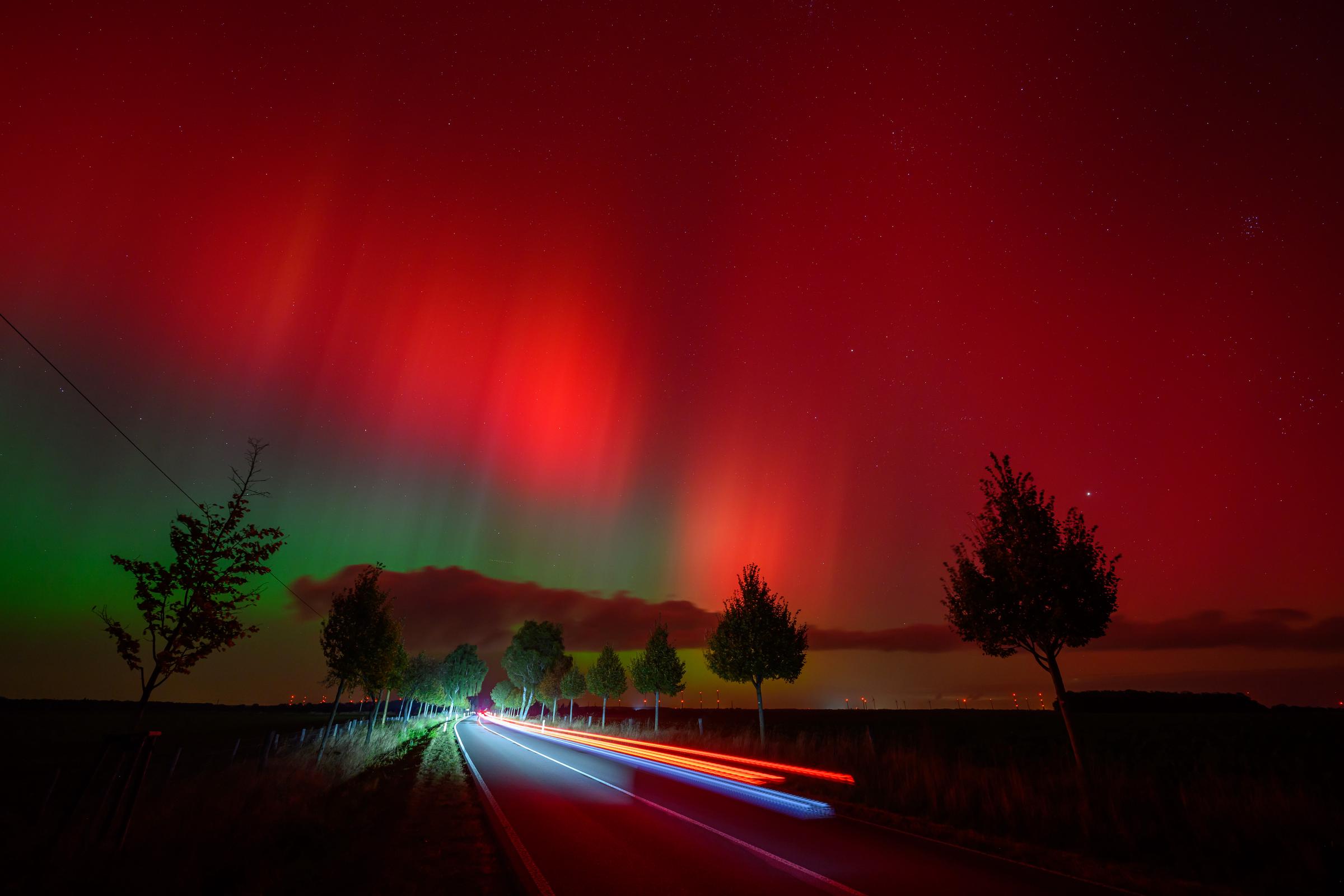
he Northern Lights illuminate the skies in Brandenburg, Lietzen on October 10, 2024 | Source: Getty Images
Additionally, the best time to view the aurora is within an hour or two of midnight, between 10 p.m. and 2 a.m. local time, as this is usually the time when geomagnetic activity levels increase.
The best seasons for observing the aurora are around springtime and fall equinoxes, due to the existence of subtleties in the way solar wind interacts with the Earth’s magnetosphere.
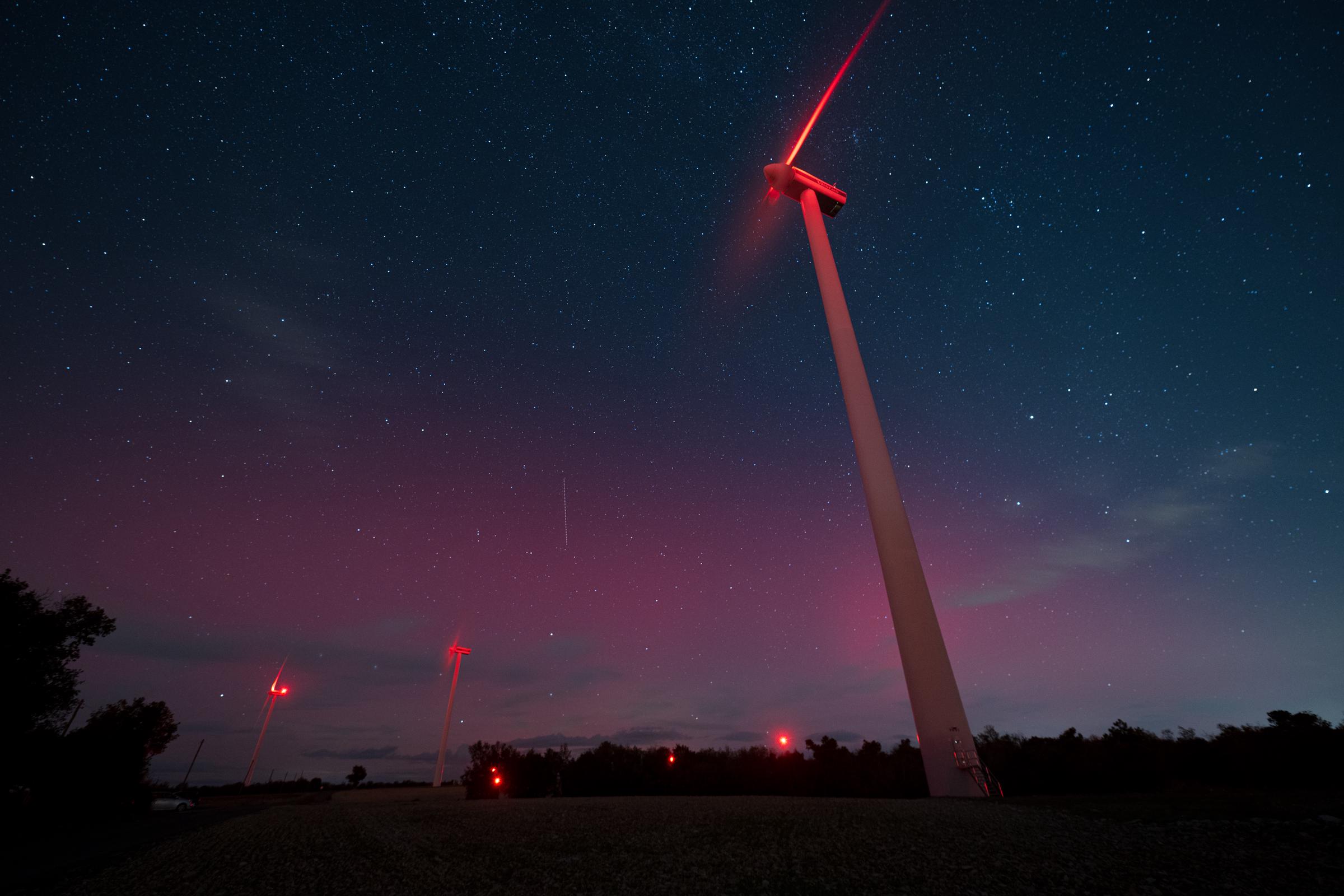
The Northern Lights in Pujalt, Barcelona, Catalonia, Spain on October 11, 2024 | Source: Getty Images
“There is a tendency towards larger geomagnetic storms, and thus better auroras, to occur near the equinoxes,” explains the center.
Continuing, they noted, “However, the number of hours of darkness decreases (increases) rapidly near the spring (fall) equinox so this caveat must be considered for those traveling to see the aurora.” More details on the story will follow shortly.
